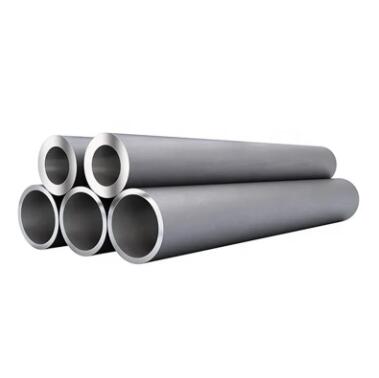Exploring 904L Stainless Steel: Unveiling its Composition and Alloying Elements
2024-01-11
Introduction:
Stainless steel has long been celebrated for its corrosion resistance and versatility in various applications. Among the myriad stainless steel alloys available, 904L Stainless Steel stands out as an exceptional choice, especially in demanding environments where corrosion poses a significant challenge. In this blog post, we will delve into the world of 904L Stainless Steel, unraveling its composition and the key alloying elements that contribute to its unique properties.
Understanding 904L Stainless Steel:
904L Stainless Steel is a high-alloy austenitic stainless steel known for its exceptional corrosion resistance, particularly in aggressive environments. This grade of stainless steel is non-stabilized and offers excellent formability, toughness, and weldability. Originally developed for use in harsh chemical environments, 904L Stainless Steel has found applications in various industries, including petrochemical, pharmaceutical, and marine engineering.
Main Alloying Elements:
The remarkable properties of 904L Stainless Steel can be attributed to its specific alloying elements. Let's explore the primary components that make up this corrosion-resistant alloy:
1. Chromium (Cr): Chromium is a fundamental alloying element in stainless steel, providing corrosion resistance by forming a protective oxide layer on the surface. In 904L Stainless Steel, the chromium content is elevated, contributing to its superior resistance to various corrosive media.
2. Nickel (Ni): Nickel is another essential element in 904L Stainless Steel, enhancing its corrosion resistance and high-temperature strength. The substantial nickel content also contributes to the alloy's ability to withstand aggressive chemicals and acids.
3. Molybdenum (Mo): The inclusion of molybdenum enhances the pitting and crevice corrosion resistance of 904L Stainless Steel. This makes the alloy particularly well-suited for applications in environments containing chlorides, such as coastal and industrial settings.
4. Copper (Cu): One distinguishing feature of 904L Stainless Steel is its elevated copper content. Copper enhances the alloy's resistance to sulfuric acid and other reducing acids. This unique composition makes 904L Stainless Steel an ideal choice for applications involving strong acids.
5. Manganese (Mn) and Silicon (Si): These elements contribute to the overall strength and formability of the alloy. They also play a role in the hot-working characteristics of 904L Stainless Steel.
Conclusion:
In conclusion, 904L Stainless Steel stands as a remarkable alloy, carefully engineered to thrive in the face of corrosive challenges. Its unique composition, featuring elevated levels of chromium, nickel, molybdenum, copper, manganese, and silicon, makes it a go-to material for industries requiring robust corrosion resistance. Whether in chemical processing, pharmaceuticals, or marine engineering, 904L Stainless Steel's alloying elements combine to deliver exceptional performance and reliability in the harshest environments.



